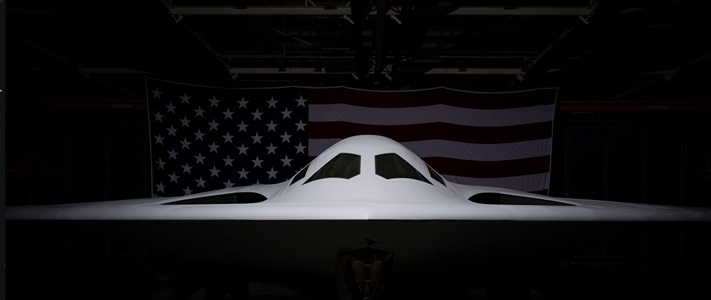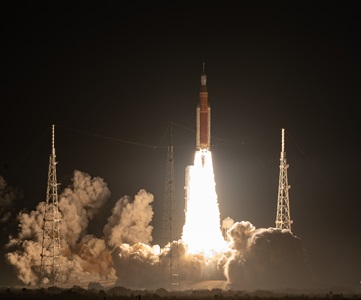A New Way to Power the World’s Most Powerful Navy

By Adam Stone
For the U.S. Navy, the stakes are high when it comes to power management. Modern weapons and sensor systems on ships require a great deal of steady, reliable power to stay ready and alert. But, as any sailor will tell you, space is tight on naval vessels. There isn’t room for the kinds of massive generators and power conversion equipment that might be used to power these weapons on land.
Northrop Grumman engineers tackled this challenge head-on. They developed an entirely new, innovative solution to manage these energy needs on space-constrained ships. Our integrated power and energy systems deliver power as a service, on-demand, with the ability to completely control load dynamics. What’s more, Northrop Grumman’s system integrates with existing infrastructure, which protects the ship's electrical bus from surges or dips in power and makes it easier to upgrade over time.
"We provide the power seamlessly without impacting the rest of the ship's electrical systems," said Matt Superczynski, a chief engineer at Northrop Grumman.
Making Powerful Building Blocks
To deliver this highly flexible solution, Northrop Grumman's team took a modular approach to meeting the Navy's energy needs, meaning they used a collection of different components that can be configured in different ways as the customer’s needs change. Think of them as power conversion building blocks that can be customized for a multitude of unique situations.
This approach streamlines manufacturing, making it easier for the Navy to get exactly what it needs in a timely way. It also makes it easier to expand the power conversion and energy management as new systems and capabilities become available.
"This creates a lot of flexibility when you go to add to the system in the future, whether it's additional energy storage or additional power modules to deal with multiple loads," said Matt.
Modularity also empowers the Navy to be more proactive in managing the cost and scheduling of its power system capabilities. Northrop Grumman's approach can reduce the physical footprint associated with power systems by as much as 50%. This frees up space for other critical systems on the ship.
"Right now, most programs — from lasers to electronic warfare programs — come with their own power system," said Bob Sacca, director of Northrop Grumman's Power/Control Systems operating unit. This approach, Bob explained, makes for an inefficient and expensive acquisitions process.
An integrated power and energy management system means the Navy doesn’t need to procure a different power solution for each new system, Bob said. Modules can be configured to support a range of systems across multiple platforms.
Achieving Greater Readiness
While Northrop Grumman’s pioneering solution aims to address the Navy's requirements, the development team envisioned other service branches taking advantage of this same approach.
"There's no reason why we can't take that same approach and do it for an aircraft or a ground system for the Army," Bob said. "This technology can be used in multiple domains."
The net result of all this: greater warfighter readiness.
"Those new systems — the multi-megawatt radars, the directed energy weapons — they are all power-hungry," said Matt. "The customer needs common building blocks that are flexible and scalable, that can keep up with the growing demands of the weapons and sensors."
More Innovation Stories
Read all stories about advanced technology and innovation


